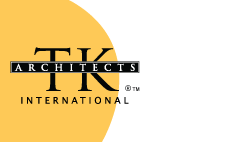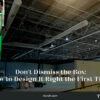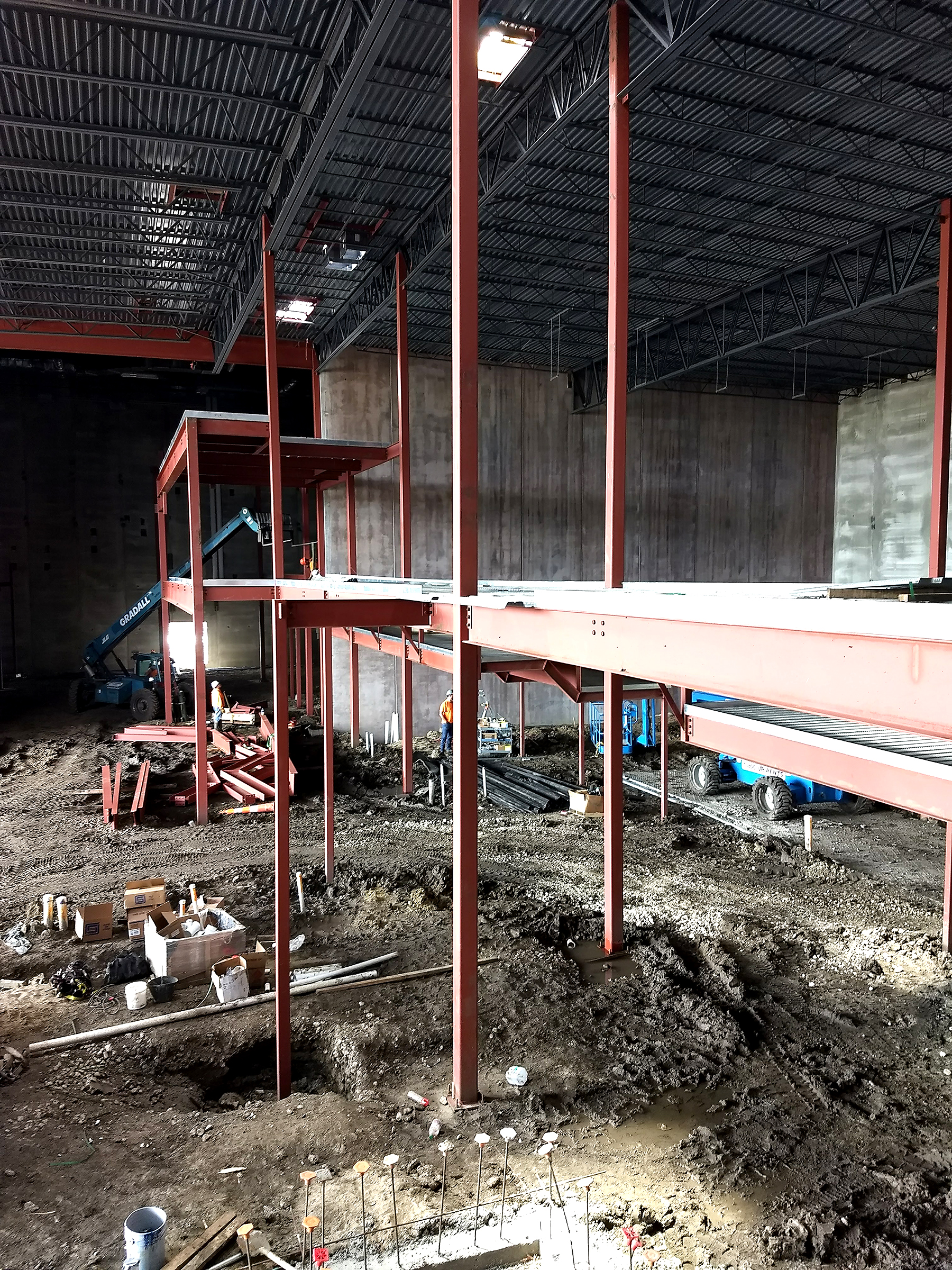
by Steve Petracek, Principal
JUNE 24, 2022
Communication can be very difficult. I could think I am saying one thing, but you might hear something completely different. It happens all the time in normal day-to-day conversations. How about when the subject is work-related and specific terms are used? The terms may be straightforward, but many people put different meanings or nuances to them. As some of you may know, I am also in the Navy Reserves and as I write this, I am in DC working on a reorganization of units, and a key phrase we keep falling back to is “words matter”. Meaning, that specific words need to be used at certain times, and they must be chosen carefully so that others understand them, and you can get your expected results.
Let me help with a better understanding of some technical words:
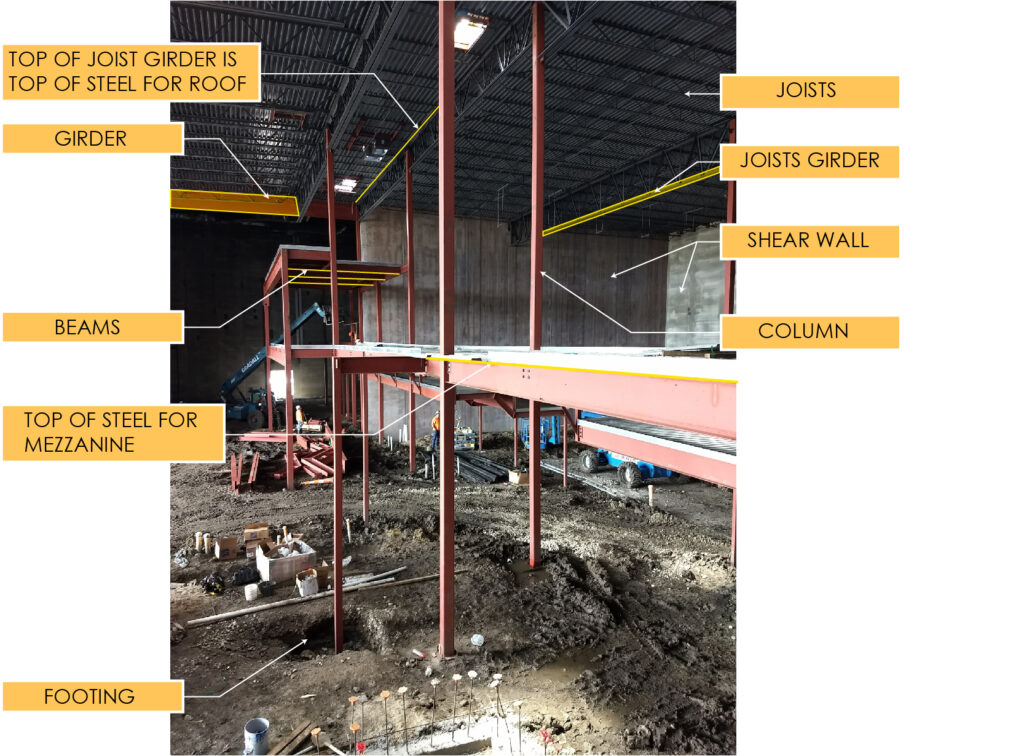
MEMBER – I used the word member almost a dozen times below, and not always in the same context. And in this case, it is exactly as Merriam-Webster describes it, “one of the individuals composing a group”.
DECK – This is the first line of the load path as it carries the floor and roof and transfers the load to the beams. In addition to carrying the gravity load, it works to carry the lateral load to the lateral resisting members.
BEAM – This is basically any horizontal member. Structurally, I would call the beam the first member supporting a floor or roof. Which leads to the next definition, the girder.
GIRDER – Typically horizontal or predominately horizontal member that supports beams.
TRUSS – A built up section to reduce the weight of the member and span a longer distance than a typical W-shape beam or girder. Very beneficial in creating long and open spaces but more depth is required.
COLUMN – Typically a vertical member but not always at 90 degrees to the foundation. Columns will carry the loads of the beams and girders.
FOOTING – or Foundation but never footer (section at the bottom of a page) or footin’ (not sure what that is). It is the bottom of all load carrying members and used to distribute the load to the soil. It carries both gravity and lateral loading.
BRACE – This is a diagonal member that is used to brace or support other members. These can be X-braces, single diagonals, and K-braces among other types. These are the vertical members that typically get in the way of openings or blocking some form of opening and are used to, in most cases, resist lateral load created from wind, seismic, or seating loads.
STRUT – A horizontal member that resists a force in line with itself. These are typically located in the plane of a diaphragm. It helps transfer the load from the diaphragm across an opening to a load carrying member such as a shear wall.
SHEAR WALL – Constructed of CMU or concrete and works also as a load bearing element. Typically, they are around the perimeter of the building and in theatres, is sometimes used as a demising wall.
TOP OF STEEL – This can be confusing. Top of steel is measured as the top of the structural steel such as a beam or girder. It is not the top of the steel joist sitting on a beam. Coordination for the top of steel elevation is left to the fabricator in coordination with the joist supplier verifying joist seat depth.
I know this is not as exciting to most as it is to me, but this should help anyone on a construction site, or when dealing with engineers and architects.
The best story I have heard was from a fellow coworker that was out on a site visit talking with the contractor about the steel framing. Structural engineer site visits are early and there is minimal framing up in some locations. In one location the contractor kept describing the issue he was having with the beams. As the engineer surveyed the site, all she saw were columns. When she stated there were no beams out there, the response was, “they are right there, those vertical beams.” Then she understood. Once we all have the same definitions, we can better support and help each other.
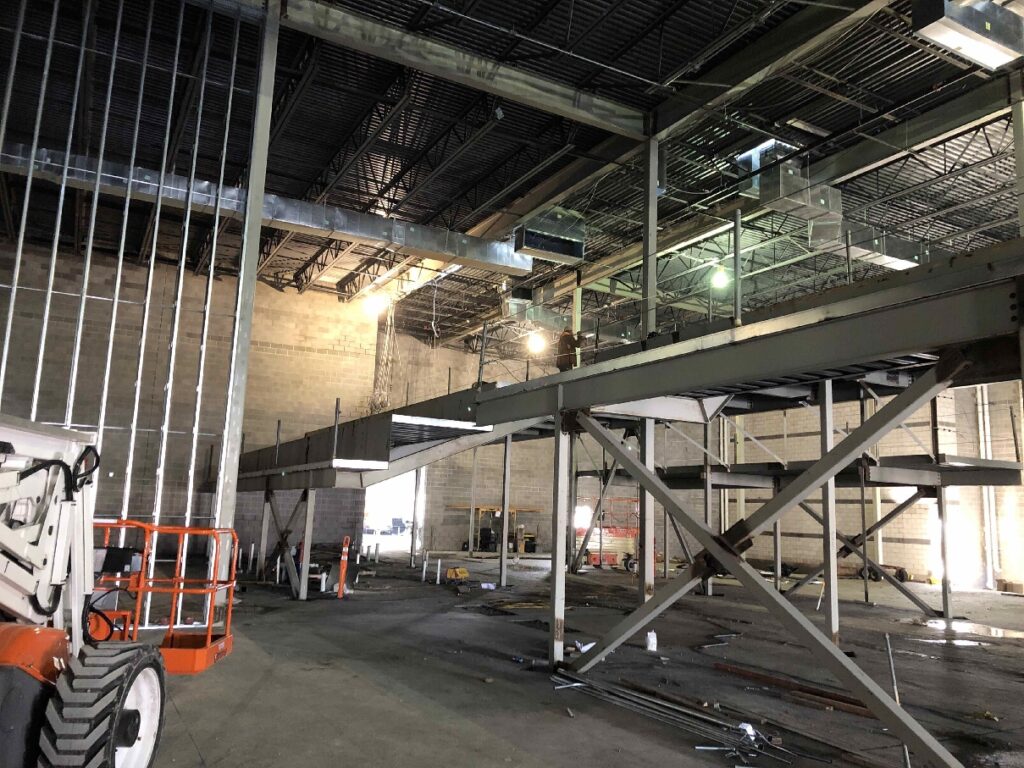
Have more questions about structural vocabulary, or stories about coordination that you would like to share? Ask! Email me at spetracek@tkarch.com
Steve Petracek, Principal
